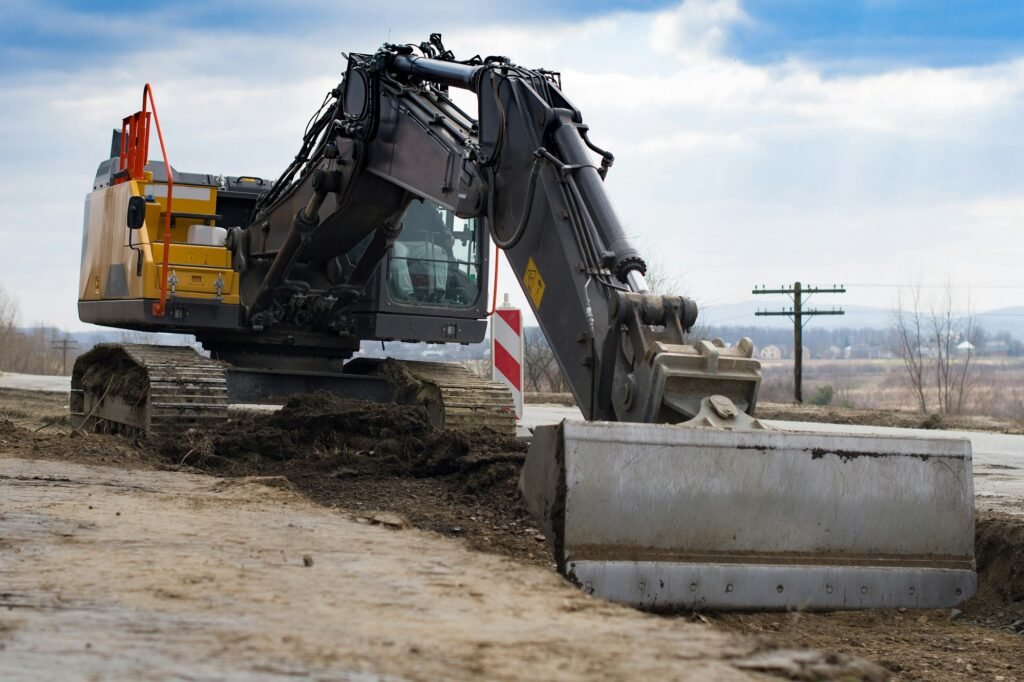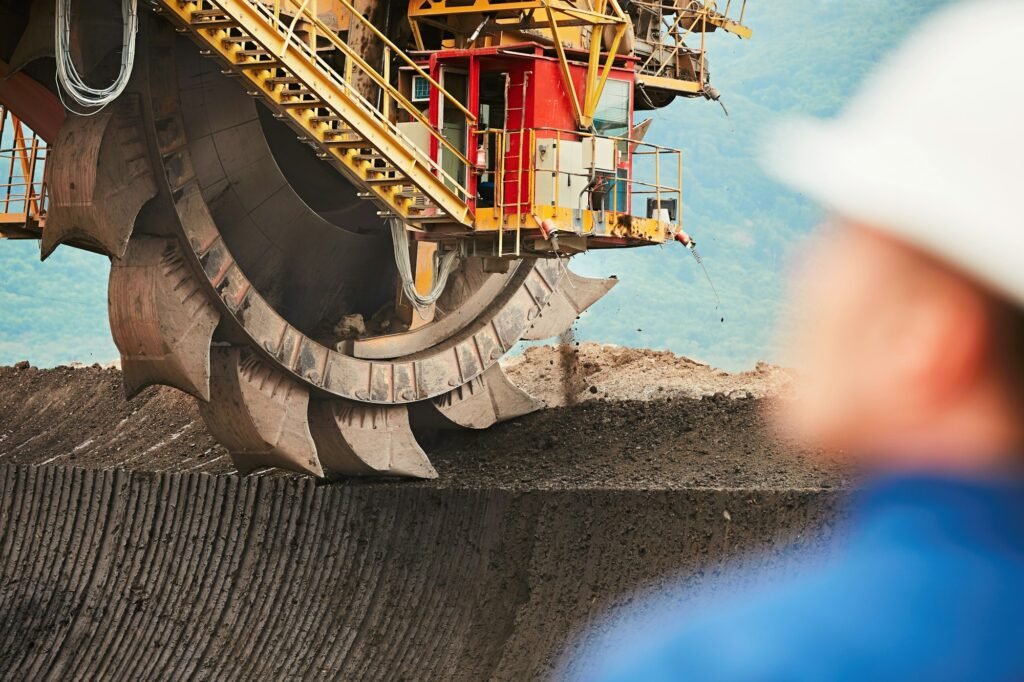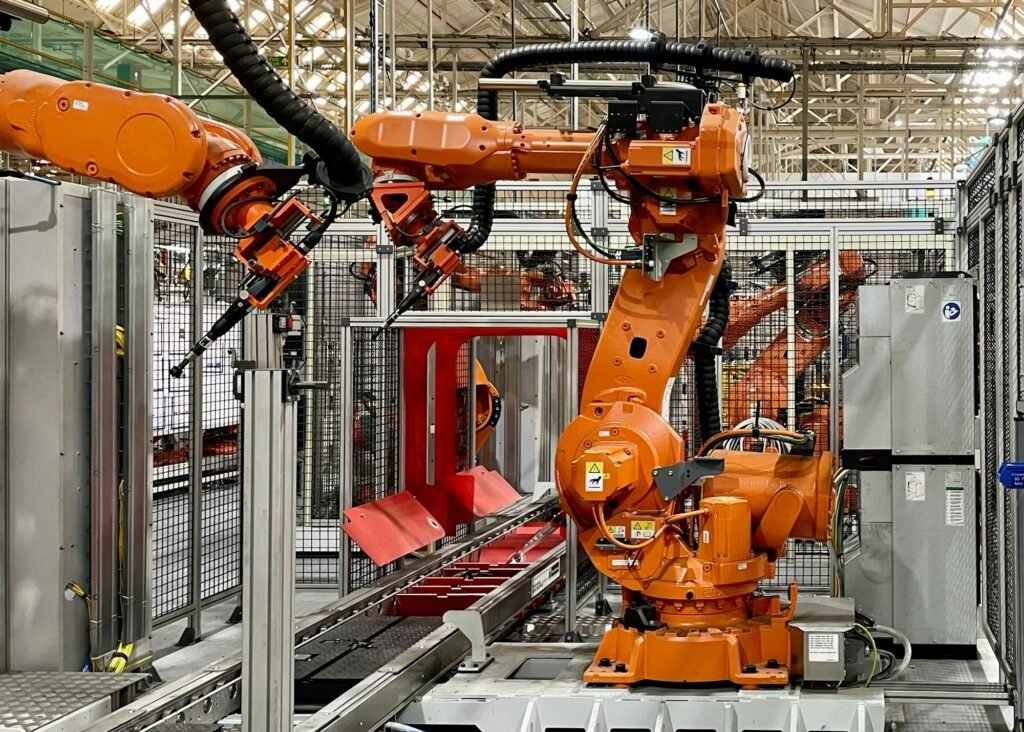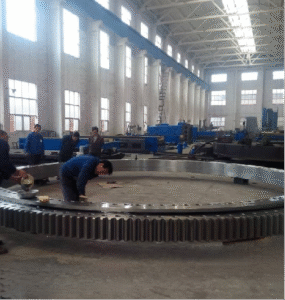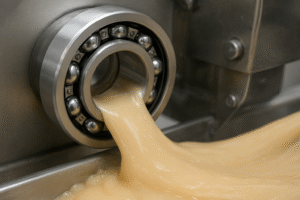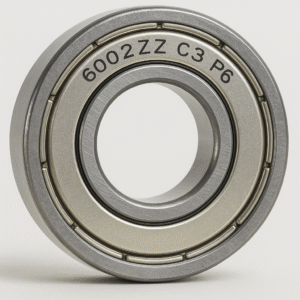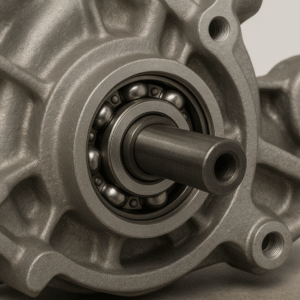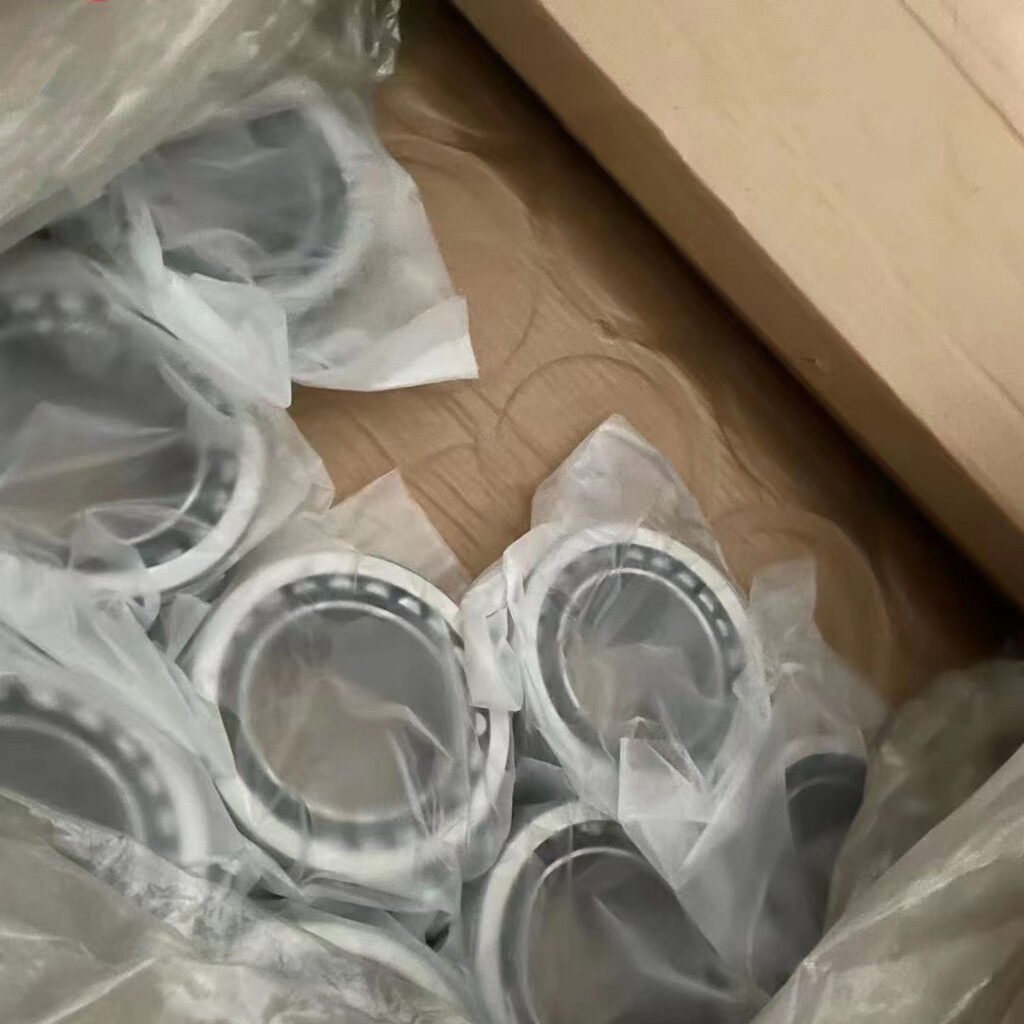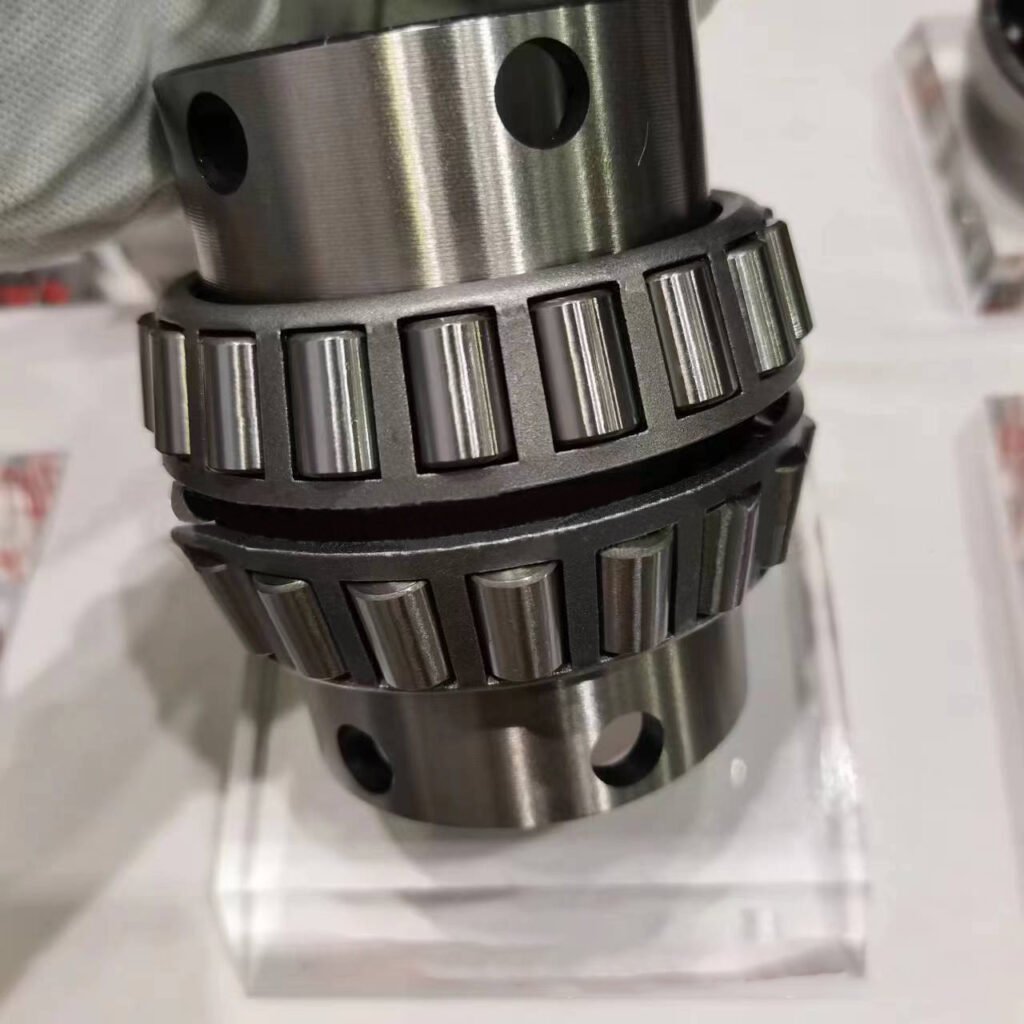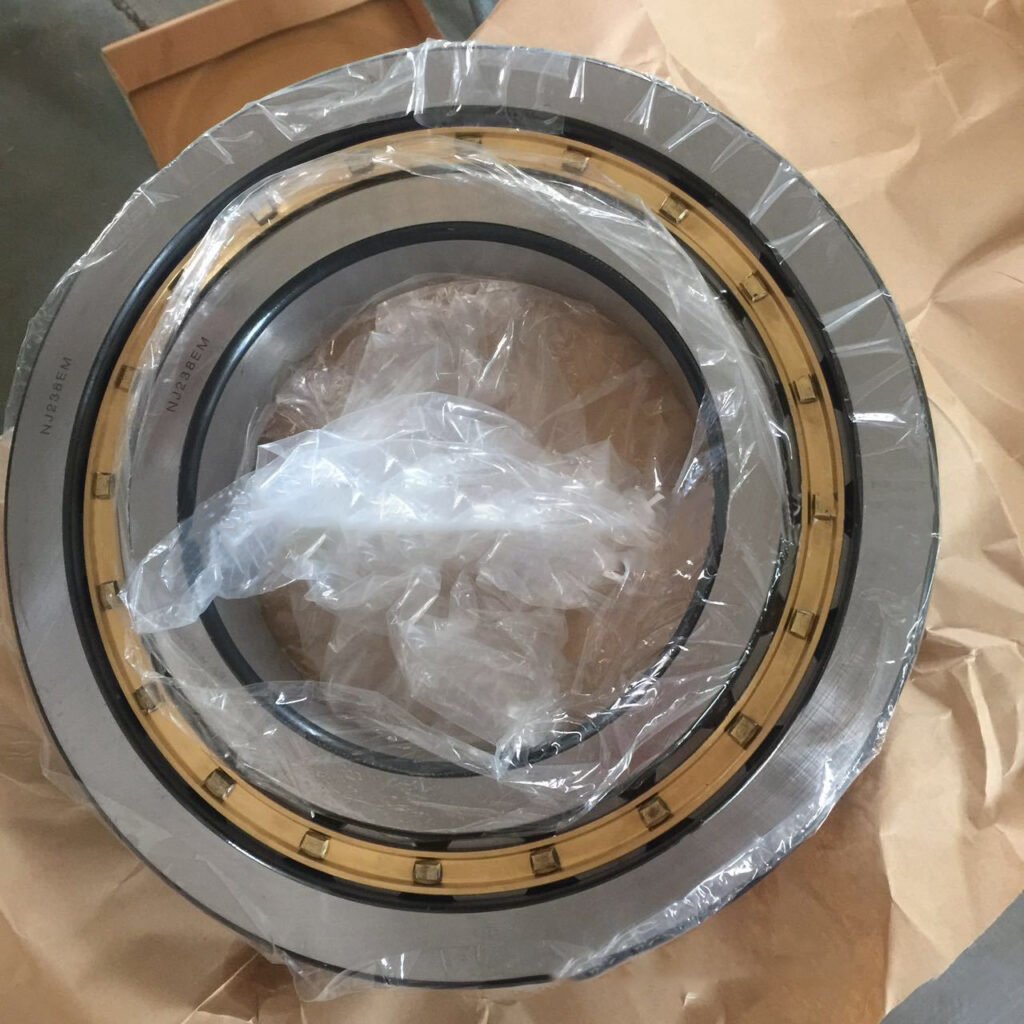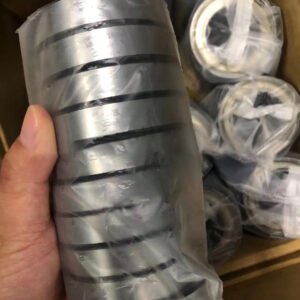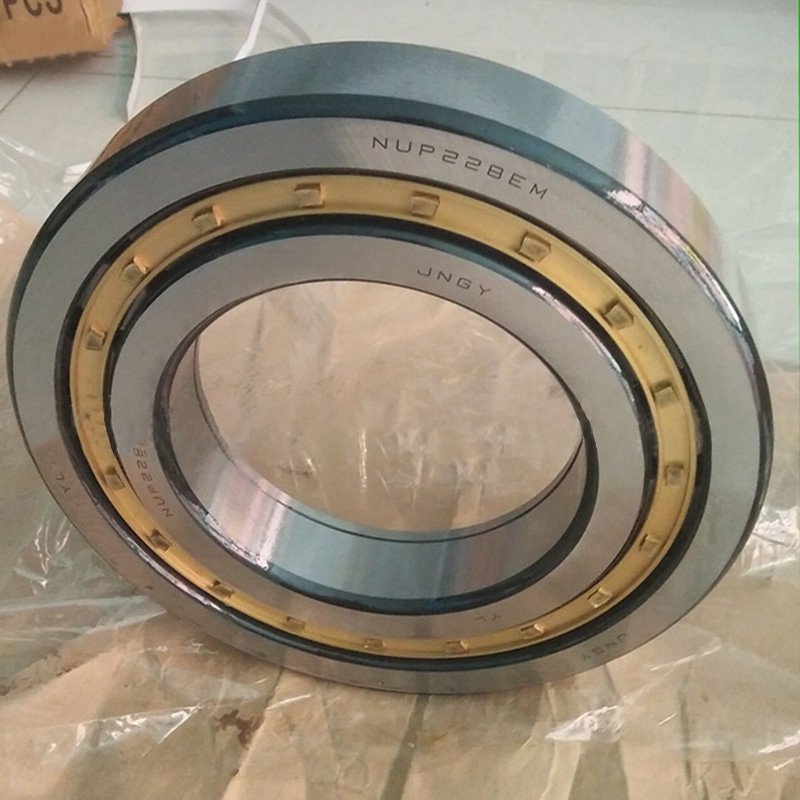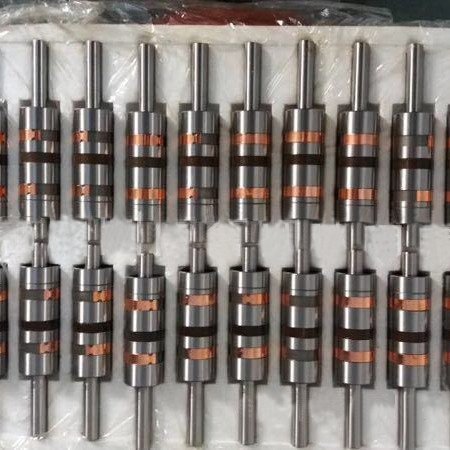Bearings are regarded as the joints of machinery and equipment , and their importance is directly related to the normal operation of the equipment . Since bearings often carry high-speed continuous operation , sometimes the bearing temperature will be too high , which will directly affect the working quality of the machinery and equipment . So what are the reasons for the excessive temperature of the bearing ? Please read this article .

Causes of excessive bearing temperature
The causes of high temperature bearings include: insufficient or excessive lubrication, overloading , excessive speed , environmental factors , impurities in the bearings, insufficient clearance, and high friction caused by oil seals .
How to measure bearing temperature
The use of thermal sensors can monitor the operating temperature of the bearing at any time, and automatically alarm or stop when the temperature exceeds the specified value to prevent the bearing from igniting. Frequent high temperatures indicate that the bearing is in an abnormal condition. Sometimes the cause of bearing overheating can be attributed to the bearing lubricant . Under normal circumstances, the bearing will have a natural temperature rise after lubrication or re-lubrication and last for one to two days.
If the operating conditions remain unchanged, any temperature change indicates a fault. The bearing temperature can be measured with the help of a thermometer, such as a digital thermometer, which can accurately measure the bearing temperature and display it in units of ℃ or Fahrenheit. For very important bearings, it means that when they are damaged, it will cause the equipment to stop, so such bearings should be equipped with temperature detectors . If the bearing is operated at a temperature exceeding 125 ℃ for a long time , the bearing life will be reduced.
Generally, the working temperature is above 150°, which is called high temperature bearing. When the working temperature of chromium bearing steel exceeds 150°, its hardness will drop sharply, and its size will be unstable, so that the bearing cannot work normally. Therefore, for bearings working at working temperature between 150° and 350°, if the rings and rolling elements are still made of ordinary high carbon chromium bearing steel, the bearing parts must be specially tempered, generally at 50° higher than the working temperature. Bearing steel tempered according to the above requirements can be used normally at the working temperature. However, due to the decrease in hardness after tempering, the bearing life will be reduced.
Measures to avoid excessive bearing temperature
To avoid excessive bearing temperature, the following measures can be taken:
1. Proper lubrication
Use the correct type and amount of lubricant for the specific bearing and application.
Check and maintain lubrication levels regularly to ensure optimal performance.
2. Choose the right bearing
Select bearings appropriate for the operating conditions, including load, speed, and environmental factors.
3. Accurate installation
Make sure the bearings are installed correctly using the proper tools and techniques.
Verify shaft and housing alignment to prevent uneven load distribution.
4. Regular maintenance
Perform routine inspections and maintenance to detect and resolve problems early.
Replace worn or damaged bearings promptly to prevent overheating.
5. Load Management
Observe the specified load capacities and avoid overloading the bearings.
Use bearings with higher load ratings if necessary.
6. Temperature monitoring
Install temperature sensors to monitor bearing temperature in real time.
Use data from these sensors to promptly detect and resolve overheating issues.
7. Pollution Control
Take steps to prevent contamination from dust, debris or moisture.
Use seals and guards to protect bearings from external contaminants.
8. Cool thoroughly
Make sure there is good ventilation and cooling around the bearings.
Use other cooling methods such as fans or cooling systems if necessary.
9. Speed adjustment
Operate bearings within recommended speed limits.
If overheating is detected, reduce speed.
10. Environmental considerations
Adapting bearing design and lubrication to suit specific environmental conditions, such as high temperatures or corrosive environments.
Implementing these measures can significantly reduce the risk of excessive bearing temperatures and ensure reliable, efficient bearing performance.





